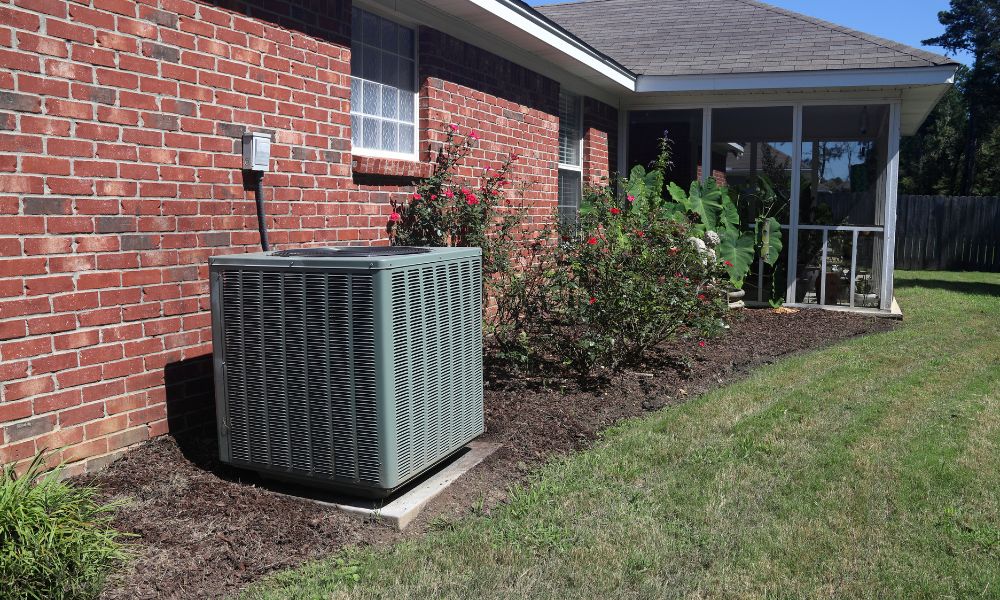- 24/7 Emergency HVAC Repair
- Financing Available
- We Accept All Major Credit Cards
Central vs. Ductless AC: Which Is Right for Your Home?
In your quest to create a comfortable living space, especially in areas prone to extreme temperatures, you must carefully weigh your AC options. The introduction of ductless air conditioning systems into the market has sparked a significant transformation in efficiency, cost, and environmental impact compared to traditional central air units.
Understanding the distinctions between central and ductless AC systems is crucial in determining which is right for your home. Deciding on the right air conditioning solution ensures that your choice not only cools your home effectively but also complements your lifestyle.
Central Air Conditioning
One of the primary benefits of central air conditioning systems is their ability to cool multiple rooms or an entire house uniformly and discreetly. The central unit, usually located outside the home, works by extracting hot air from inside the house, cooling it through a refrigeration cycle, and then pushing the cooled air back through the ducts and vents placed in various rooms. This ensures a consistent temperature throughout the home, enhancing comfort levels for all occupants.
Ductless AC Systems
Ductless air conditioning, or mini-split systems, consist of an outdoor compressor unit and one or more indoor air handling units connected by a small conduit. These systems are highly flexible, allowing for precise temperature control in individual rooms or zones. Ductless systems are especially suitable for homes without existing ductwork, offering an efficient and less invasive installation process.
Installation Differences
One of the most significant differences between these two systems is the installation process. Central AC systems often require extensive ductwork placement, which can be invasive and costly. Ductless systems, which are installed with the help of professional mini-split installers, require only a small hole in the wall for the conduit, making the process less disruptive.
Energy Efficiency and Cost
When it comes to energy efficiency, ductless mini-split systems often have the upper hand. Without the energy losses associated with ductwork, ductless AC can provide more efficient cooling, particularly in well-insulated homes or specific zones. Central AC systems, while potentially less efficient due to ductwork losses, may have a lower initial cost for homes already equipped with ducts.
Which Is Right for Your Home?
Deciding whether a central or ductless AC system is right for your home depends on several factors, including the size of your living space and existing infrastructure. For a large house with existing ductwork, a central AC system might offer a straightforward cooling solution. For houses without ductwork or those seeking flexible cooling options for different zones or additions, ductless AC provides an efficient and less invasive alternative.
Both central and ductless air conditioning systems have their place in modern homes. Your choice will hinge on your home’s structure, your budget, and your cooling needs. Consult a professional HVAC technician, like those on our team at W.F. Smith, who can provide personalized advice and help ensure that you make the best decision for your comfort and home cooling efficiency.

When WF Smith initially came out to my house I was impressed. My options were clearly explained with pros and cons for each choice – no pressure. I felt extremely confident about my choice in contractors. Installation was a breeze. The installers were great. So far the air conditioner works great. I’m still waiting for the heating season as far as the furnace is concerned!


